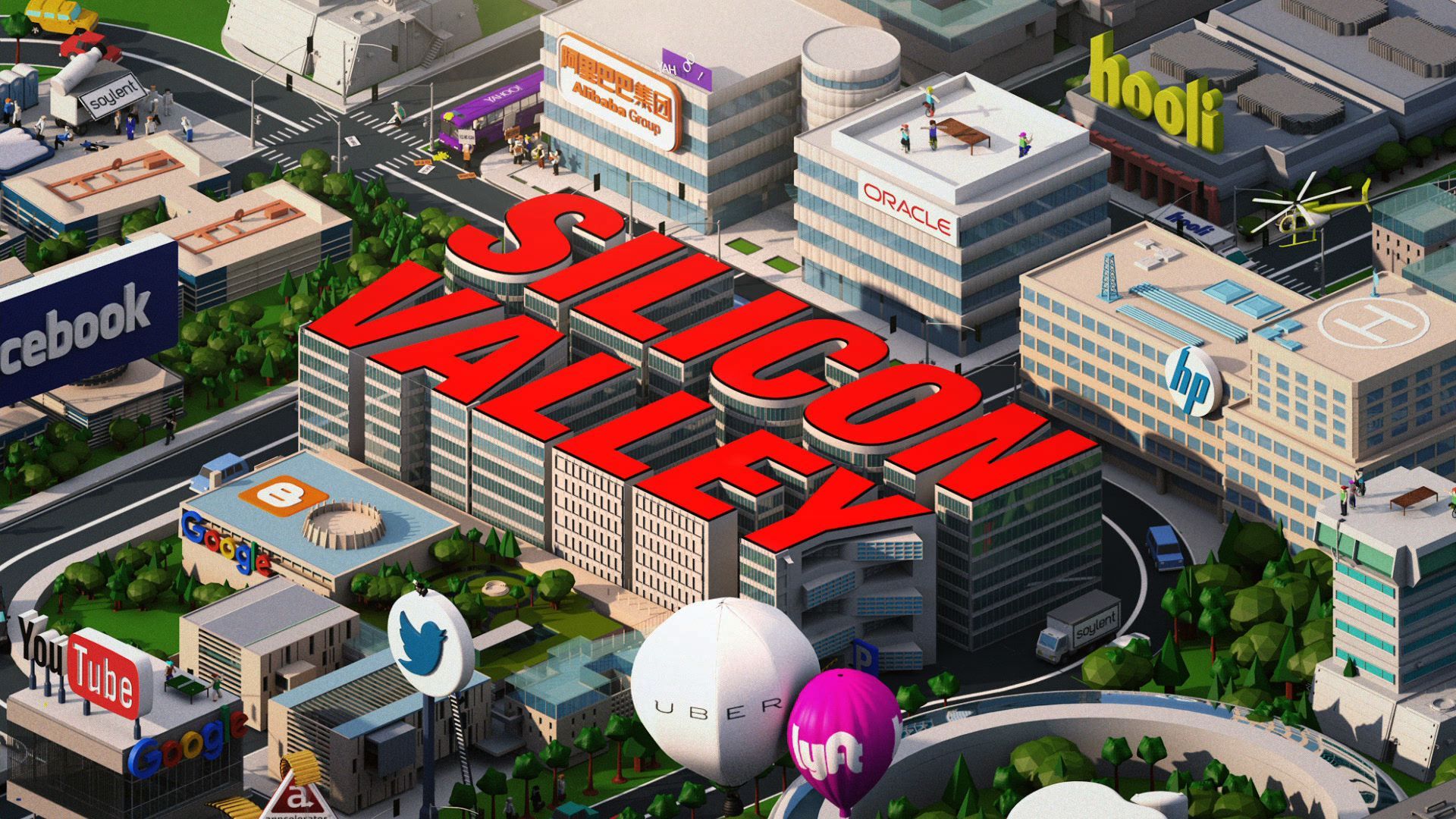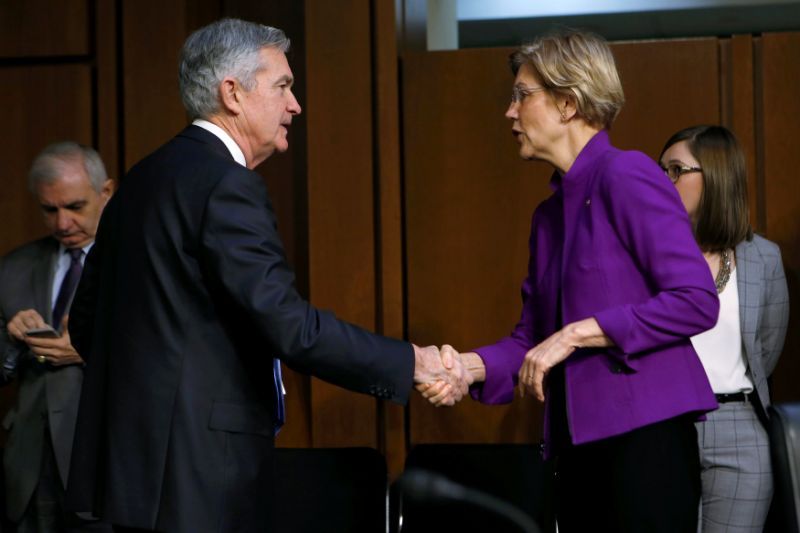The Rise of the Super Trend

There are a series of very closely linked mega trends that have unfolded throughout the last decade: technology, financial repression, aging populations, and income inequality. I will begin this short commentary by restating what is largely collective wisdom today and then tying the trends together into what I describe as a combined Super Trend. I will also reflect on how we got here, what has transpired in the 2010s, and where we are headed.
The Super Trend and how we got here
It is probably more accurate to view these trends as a set of gears rather than a sequence of events, because each trend spins and cannot occur without the other ones being in motion. The Great Financial Crisis began in 2007. That same year Apple released the iPhone. Income inequality (as measured by E. Saez) reached a peak in 2007. And the global working age population peaked in 2007. For all intents and purposes these four events can be seen as the markers that symbolized the convergence of the broader trends. Seeds were planted well before: the repeal of the Glass-Steagall Act in 1999, 1G was launched in 1979, fiat currency was introduced in 1971, and the peak birth year for boomers was in 1957. It is never easy to infer causality, but that is also probably the wrong approach. Looking for causality quickly leads to discord. The mega trends, which are typically referred to individually, have grown together at varying speeds, converged, and now spin together like gears.
Interest rates were already on the decline even before the Federal Reserve embarked on quantitative easing which in part reflected an aging population. Income inequality was also steadily rising, as financialization drove wealth towards the people that were closest to the dollar spigot and globalization pushed dollars overseas, both at the expense of the domestic proletariat. By the time the millennial generation entered the workforce circa 2010, the opportunity to capitalize on financialization and globalization had all but closed, while a new opportunity had opened up in Tech. Tech, with entrepreneurship at its core, appeared to be the only vehicle that had any sort of potential to close the stretched income gap, making traditionally prestigious careers such as law, medicine, and finance less appealing to the determined new job seeker. Because of changing demographics and because of the cheap cost of cash in the form of financial repression, dollars were looking for a return and millennials were looking for dollars. Monetary policy’s supply of dollars, an older population’s demand for a return on their wealth, a younger population’s demand for dollars, and an industry with what felt like an infinite time horizon and potential, all working together to spin up the Super Trend.
The 2010s
What came next was a decade of steady torque. The economy was not strong enough to function without the Fed’s supply of dollars. The older population was not getting any younger. The younger population was not getting any less ambitious. And Tech’s ceiling was not getting any lower. As every dollar came into the economy, and as every new person entered the workforce, and as every boomer approached retirement, more people turned to Tech.

For those that were still in the work force, or were about to enter the work force, the writing was on the wall: get on board. Hedge fund managers became Angels. Bankers became venture capitalists. Aspiring lawyers, doctors, financial analysts became founders, and corporations set up innovation hubs. And so it continued all the way through to today. Today in New York City, a typical evening consists of a venture capital backed event, with eager founders in the crowd, organized at some co-working space. Across the street might be a similar type of event, organized at a Fortune 500 company’s innovation hub. All of this occurring as New York City collectively tries to catch up to the hotbed of innovation itself: Silicon Valley. And so the Super Trend gears continue to crank.
The end game
So how does this all end? I will paint the end game through a little macroeconomic thought exercise of two extremes: interest rates go high or interest rates stay low.

Since the aforementioned trends are inherently biased towards lower interest rates, interest rates can only go higher if you get some outsized, outside shock. Occasionally a geopolitical flare-up or some piece of unusual economic data, temporarily bumps rates higher. The 2016 US election came close to negating inertia as prospects for higher fiscal stimulus, deregulation, and tax reform jolted rates higher. This was a clue into the way out. Fiscal spending is the only outside catalyst that is large enough to carry rates higher and slow down the Super Trend. Tax reform was a sizable step in this direction but global trade escalations all but canceled out the upward impact on interest rates. Not only would you need fiscal spending for interest rates to go higher, you would almost need fiscal recklessness. Government debt forgiveness, material infrastructure spending, and “Green New Deal”-type initiatives, all of which have largely captured the minds of some of the most intriguing Democratic presidential candidates. This by and large is the now slightly overplayed argument of Modern Monetary Theory (MMT). The result would push interest rates higher, help finance pension plans but also inject market volatility; it could, though not guaranteed, reduce income inequality through redistribution; it could put some grease into “old-economy” type sectors, making technology temporarily less appealing; it is unlikely that the population gets any younger, though pro-natalism policies could be part of the fiscal push.
If interest rates go negative, then the effects are a little easier to grasp as we continue down the path that we have been on. This would mean greater financial repression (basically the opposite to MMT) and the Super Trend would be propagated. Pensions would continue to lower their hurdle rates, fueling everything that is high risk, high growth. Suppression of interest rates would erode the value of the dollar, and will continue to disintermediate the Federal Reserve from controlling traditional money, raising the prospects of non-traditional money like cryptocurrency.
My hunch

The painted picture sounds a little grim but it does not have to be. Mainstream politicians will straddle between these two extremes, almost as a requirement, which means the Super Trend will naturally continue. But that also means that cries from government officials will likely get louder, suggesting that there will be a big push for MMT-type of policies within the next one or two US presidential terms. It is not hard to imagine a compromise in the form of some sort of one-off wealth transfer from Big Tech to the federal government, helping justify even larger future fiscal debt loads. Short term interest rates, which are controlled by the Federal Reserve will not go anywhere due to the Fed’s risk aversion. Long term interest rates, a reflection of government debt supply-demand, may go higher but asset allocators will eat up the yield. Income inequality will persist as markets keep fueling wealth. The population will continue to retire in record numbers, creating a labor shortage. But Big Tech, and Small Tech, will carry on, because there is no alternative. If you cannot solve today’s problem then the only alternative is to get creative. So creative that you effectively spin up a new system. More research and development, more science, more money that is no longer linked to our traditional understanding of money. That is the destination of the Super Trend and no existing institution is large enough to stop it. That is what has unfolded in the 2010s and that is how the trend will continue to unfold. The destination of the Super Trend is a new system.

